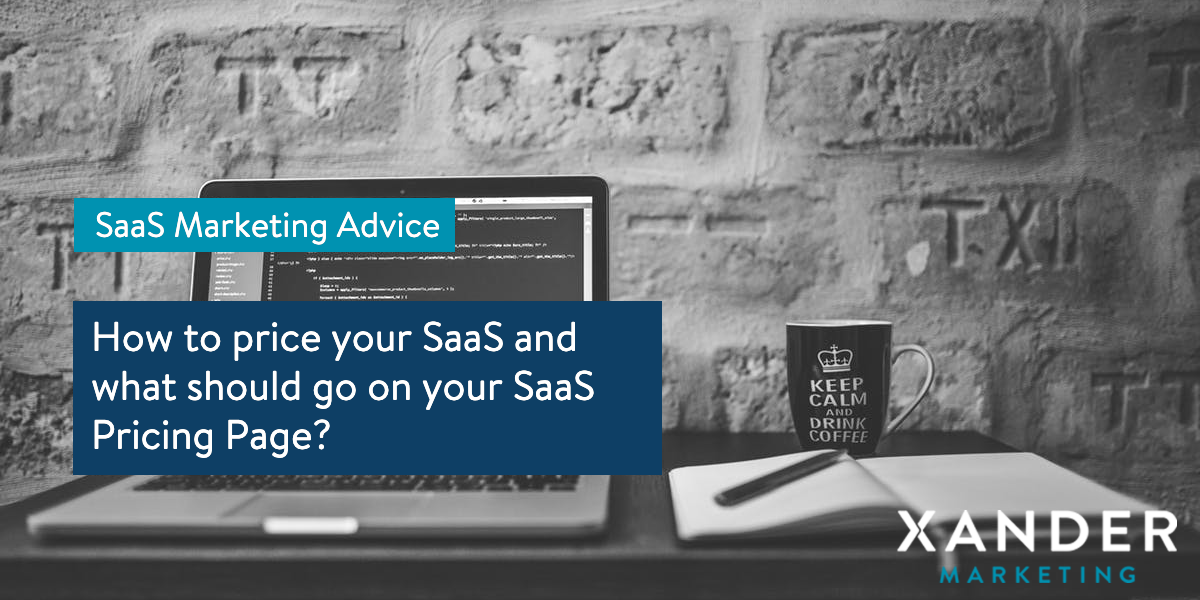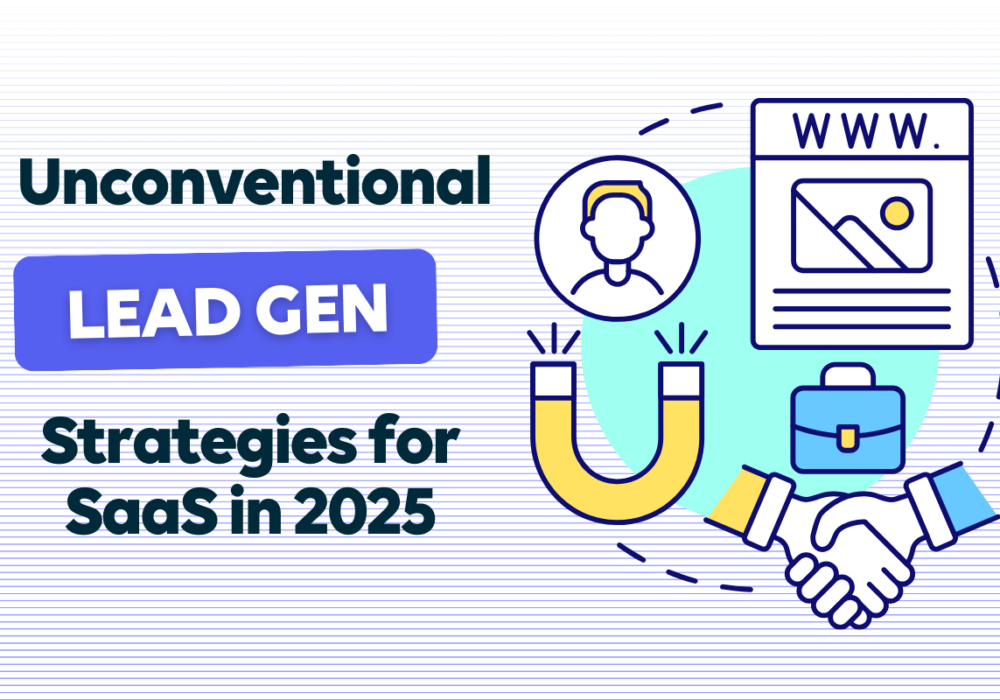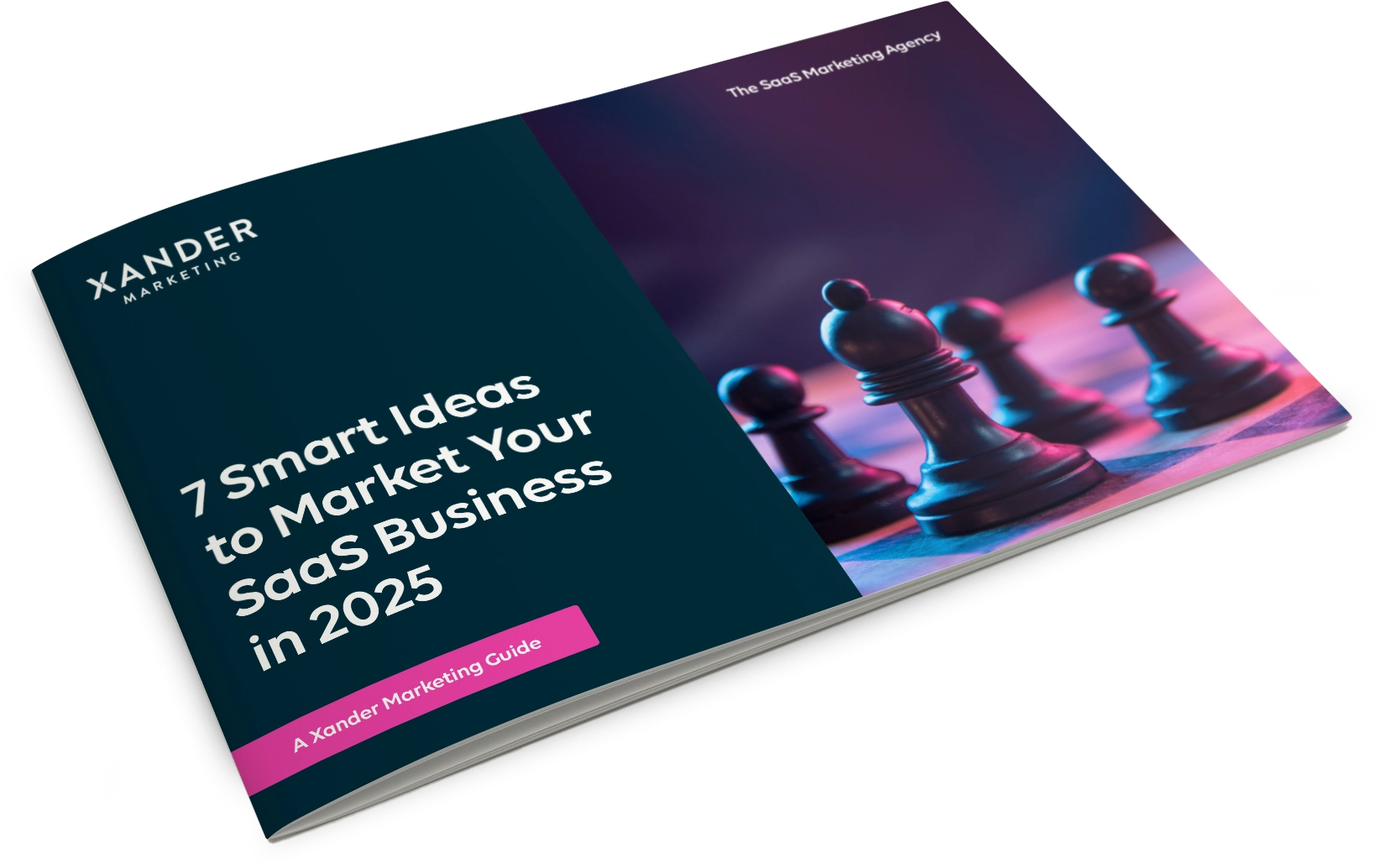How to price your SaaS and what should go on your SaaS Pricing Page?
8th March 2017

The pricing page, a common feature of SaaS websites can have a huge influence on leads, conversions and ultimately new customer sign ups.
Here we take a deeper look and analyse how you can improve your pricing strategy and the way it is presented.
How do you price your SaaS?
So you think the hard work is done, your SaaS product is close to market and it’s finally time to think pricing. You may, like many others think that you need to correlate specific price to distribution methods or sales models or you might even think of a figure, and multiply x 3 simply to make sure that you are making a turnover that will ensure your company survives and may even make a profit.
If you haven’t realised already, prospective clients hold no interest in what your costs are or how much you spend on sales, marketing and support. They simply want to know what is in it for them and your pricing page must clearly reflect this.
The key to finding the right pricing structure which will appeal to prospective clients and increase revenue is pricing which offers real value to the customer.
Types of SaaS pricing models which may work for you
Typically, SaaS companies offer tiered packages at different price points to appeal to a wider customer base. This may be referred to as ‘Goldilocks pricing’, 3 offerings which push customers towards the ‘just right’ middle priced version. However this isn’t right for everyone and looking at Salesforce’s 5 comprehensive packages illustrates this.
Let’s take a look at some metrics to base your tiered packages on:
Per user, per month
The traditional metric which SaaS pricing is structured around is per user, per month. Although this definitely works for some companies, this package doesn’t always offer the best value for the customer.
The amount of storage
An obvious, but a good one depending on what your product is. Customers can easily see the value in paying a higher price for increased storage. This is better if you’re a Dropbox than a Salesforce.
The number of active users
Linked directly with your client’s revenue, some SaaS companies charge a fee for each current user a company has. This metric is a great incentive for both parties as you will get a higher fee as the company grows and your software helps to accomplish that increase. But beware – some users may share logins.
Transactions completed
Another metric which offers real value for money for your clients. For EPOS software, a client would be happy to pay for each completed transaction.
Number of packages shipped
For logistic based SaaS this is a key metric to base your pricing on.
There are many more metrics for you to base your pricing strategy on, but the key is to look towards your customers, know their needs and find which will offer them most value for money and make your software invaluable to them and stand out from the competition.
Pricing’s sorted – so how do you design the SaaS pricing page?
The Aberdeen Group suggests that up to 60% of the decision making process is made before even contacting a representative from the company. This shows the importance of the design of your pricing page, it can be the final conversion point which compels clients to contact you to close the deal.
Your pricing page needs to educate your customers, immediately showing which package would offer most value to their company and clear messaging is a must to highlight all the benefits your SaaS product has to offer.
Most SaaS pricing pages include a comparison table to allow for easy access to each packages key information that follow this basic structure:
- High level value proposition
- Threshold (number of users, transactions etc.)
- Price/month or contact
- CTA button
- Any additional thresholds
- Key features
Here are some important points to think about when constructing your pricing page-
- Your pricing page should be very easy to find. Introduce a link to the pricing page on your homepage, this transparency shows that you are proud of the value your product offers and importantly it is information that is integral to the buying process
- Be concise; clear messaging is key. You want to get your prospective client’s attention and give them the facts they need to make an informed decision that they feel comfortable to go ahead with. Do not overload the customer with information which isn’t relevant. And if you have the same thing in every package remove it from the table and add a section called ‘All packages contain’ to the page
- Make it clear which package is suited to who. Remember to think about metrics which offer real value to the customer. Create targeted, meaningful plans which will make customers choose you over your competition
- As buyers are more independent in their research add a link to an FAQs page all about the buying process enabling them to get as far as they want independently before making direct contact with your sales team
- Another option would be to use live chat to get the interaction going
- Provide testimonials to show your SaaS product’s proven track record
- Could you include a custom plan, free trial, or a more flexible model for those customers who are experiencing difficulties in taking the final plunge and committing to payment?
- Use CTA conversion paths like a link to a free trial, contact button or a clear way to cancel the account so that customers feel comfortable and not tied down
- If you have lots of features and want to show them all, edit to the bare essentials and then offer an option to see all features
5 ways to improve your SaaS pricing page
1. Keep it simple
Customer behaviour is driven by the design and usability of your page; if you want your customers to click on a particular button, simply devise a page layout tailored around this action. For a SaaS pricing page, the same principle of simplicity is key. Ensure your prices are clear to find and obvious to see. Then, add a clear call-to-action in order to drive conversions. The easier you make it to sign up, the more conversions you can expect.
2. Left to right or right to left?
Many studies have been conducted to determine whether, with different price plans, it’s best practice to start with the higher price on the left and decrease as you move across the page, or vice versa. Often, the best way to determine the efficacy of each layout is to run split-tests on your own pricing page, yet in Robert Cialdini’s Influence, the acclaimed business psychology expert identified that a selling down policy – starting high and then decreasing – can actually lead to sales at a greater average selling price.
3. Identify differentiators
If your SaaS pricing page features an array of pricing offers, being able to clearly define the different elements of your product bundles is essential. It might be that increasing the number of users of the product causes a price increase, or that storage requirements vary the price. Regardless of the specifics of your product, clearly demonstrating to customers how the value of the product changes according to investment is key to converting into a sale.
4. Offer custom price plans
Depending on the pricing strategy you have around your business, the feasibility of offering custom pricing will vary. Should you have the flexibility, however, this option is a must. Customers always like to feel in control, so being able to tailor your offering to their needs will not only satisfy their need to secure the SaaS product and features they require, but will present you with opportunities to upsell additional features once interaction with the customer begins.
5. Test and refine
Essential to any marketing strategy is the ability to test, measure, and refine performance. By adapting and running tests on both your pricing model and the design of your pricing page, you can determine how the customer engagement and conversion rate is performing and refine accordingly. Whether it’s running costs from high to low or low to high, adding multiple CTAs to a page, or even varying prices to enable free trials or low-paid subscriptions for future customer onboarding processes, it’s important to ensure you record and monitor the necessary performance data.
To price high to low or low to high?
Montclare studied the 250 top global SaaS pricing pages and its findings on pricing order are very interesting. Of the 250 companies 81% organised prices from low to high but psychology suggests a high to low format might be best.
A left to right, high to low approach seems to provide a statistically significant lift every time and many studies have also shown that by starting with your highest priced package, people are more likely to end up with a middle priced package, rather than the lowest price point. Selling down rather than selling up is proven to convert more customers at a higher average selling price. If you make a point of initially introducing your customer to the highest price point on offer it gives them an anchoring point to determine how expensive or cheap your other offerings are and encourages them to spend that little extra.
Evaluate your pricing continuously
You need to optimise your pricing page continuously because it is integrally important to the success of your SaaS company. The pricing structure you use should change and grow as your business does to make sure it continuously offers the best value for your customers and prevents them from edging away towards competitors products. Your pricing page is often the final stage in the customer’s decision making process or the final stage of your customer acquisition funnel leading to higher conversion rates and increasing revenue and so give it the attention it deserves.
SaaS Marketing Specialists
Whether you need support with your pricing model, pricing page on your website or anything else Xander Marketing is here to help.
We work in partnership with SaaS businesses around the world to support growth through new customer acquisition, increasing leads, generating more website traffic and raising industry awareness. So If you lack the time, resource or know how to undertake marketing then get in touch and book your free 30 minute consultation.





